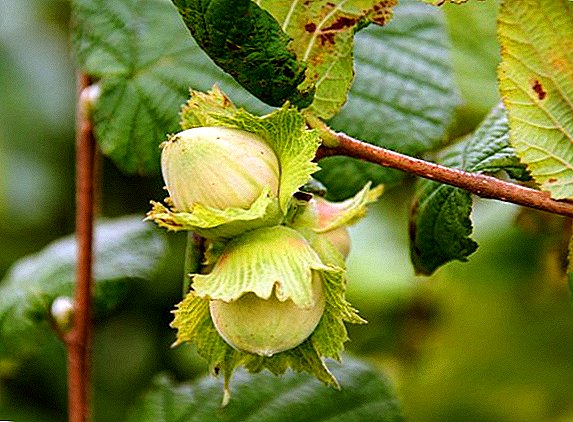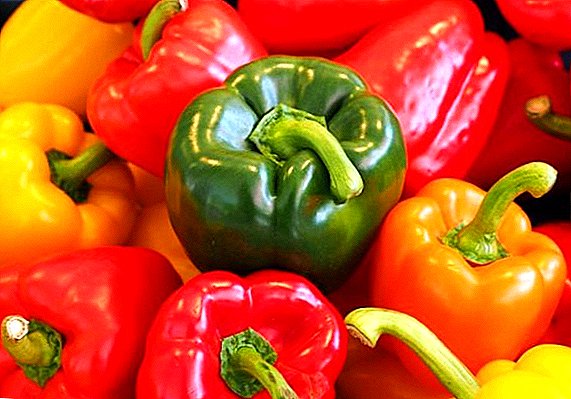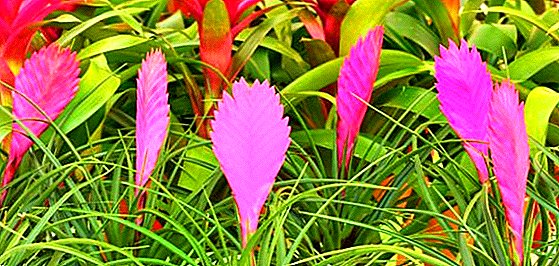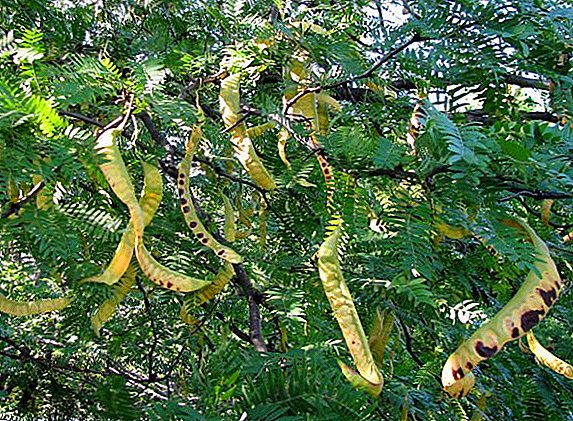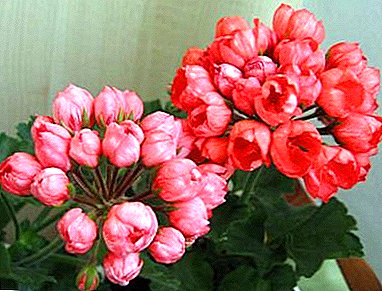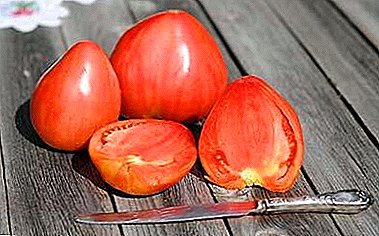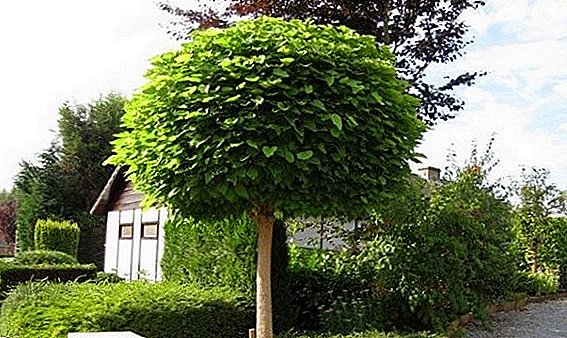
In the household of the modern gardener there will certainly be several varieties of spicy and aromatic plants that are grown for garden decoration and for food purposes.
Among them, an important place is occupied by tea herbs. The most popular are catnip (catnip) and lemon balm (lemon mint).
Despite external similarity, the catnip and melissa are nevertheless independent species, having both common and different features inherent only in them. How to distinguish both plants and will be discussed in the article.
Is it the same thing or not, and why are plants confused?
Externally, the plants are very similar, what is the similarity:
- Both plants are herbaceous perennials.
- Reach the same height of the shoots.
- The leaves are located opposite.
- Have a well developed rhizome.
- Flowering occurs simultaneously.
- They have a similar lemon flavor.
However, the differences by which it can be determined what kind of plant in front of us is also sufficient:
- Leaf shape: in Melissa, the leaves have an ovoid shape and are rounded at the base, while in the catnip the base of the leaf has a peculiar cut in the shape of a heart.
- The flowers of both plants are collected in whorls, and whorls in the brush, but in Melissa they are less dense and are arranged in tiers, and in the catnip the brush resembles a spikelet.
- The leaves of lemon balm have a very nice green color, but the leaves of the catnip due to pubescence with short hairs have a slightly grayish, like a “gray” shade.
We offer to watch a video about the distinctive features of lemon balm and catnip:
Use and chemical composition
Lemon Mint
Melissa has long been used in folk and in official medicine. The range of application of lemon balm is very wide.:
- Used as a sedative, analgesic, anticonvulsant and antiemetic.
- Melissa is very effective for painful menstruation, migraines.
- Due to the high content of potassium and magnesium, it has been successfully used as an adjunct in the treatment of cardiac patients: such unpleasant symptoms as tachycardia, shortness of breath, pain in the cardiac region.
Rich in vitamins of group B, A and C:
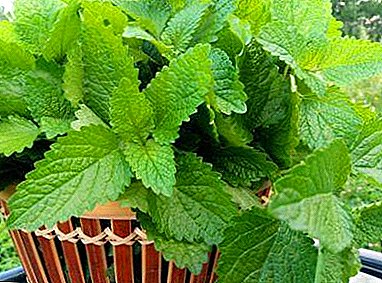 Vitamin A - 203 mcg.
Vitamin A - 203 mcg.- Vitamin C - 13.3 mg.
- Vitamin B2 - 0.18 mg.
- Vitamin B6 - 0.16 mg.
- Vitamin B9 - 105 micrograms.
- Vitamin PP - 1.78 mg.
Mineral content:
- Zinc - 1.09 mg.
- Copper - 0.24 mg.
- Iron - 11.97 mg.
- Phosphorus - 60 mg.
- Sodium - 30 mg.
- Magnesium - 63 mg.
- Calcium - 199 mg.
- Potassium - 458 mg.
We offer to watch a video about the benefits of Melissa:
Cat mint
It is successfully used as an anti-inflammatory, expectorant, anesthetic, choleretic agent. It has a very pronounced sedative effect, because it contains large amounts of vitamins and minerals that strengthen the nervous system:
- Vitamin A - 165 micrograms.
- Vitamin C - 19 mg.
- Vitamin B2 - 0.11 mg.
- Vitamin B6 - 0.08 mg.
- Vitamin B9 - 78 micrograms.
- Vitamin PP - 5.9 mg.
Mineral content:
- Iron - 14.5 mg.
- Phosphorus - 67 mg.
- Sodium - 34 mg.
- Magnesium - 78 mg.
- Calcium - 160 mg.
- Potassium - 670 mg.
A photo
Further on the photo you can see both plants and understand how they differ from each other.
Photos of lemon balm:


Photos of catnip:


What is the difference in beneficial properties?
But there are differences:
- As a sedative, catnip is more effective, lemon balm is recommended for women who want to establish a menstrual cycle or who have a difficult time with critical days.
- Melissa slows heart rate, lowers blood pressure. Kotovnik, in contrast, causes the heart to contract more often.
Harm
Melissa:
- It is strictly not recommended hypotonia, as it reduces the pressure even more.
- Due to a strong sedative effect, it is not recommended for those who by the nature of their service require an increased concentration of attention, quick reaction and physical activity.
- Overdose threatens with nausea, diarrhea, muscle weakness and drowsiness.
- Can not be used with individual intolerance to the components of the plant.
Kotovnik:
- You can not use during pregnancy, as its action can lead to miscarriage.
- You can not use during lactation, as it greatly reduces the amount of milk in the mammary glands.
- With increased pressure, as the use of catnip broth increases it even more, and also increases tachycardia.
- You can not use before you get behind the wheel, because the strong calming effect of the decoction has a negative effect on the speed of reaction and concentration of attention.
- Can not be used with individual intolerance of the plant.
Differences in contraindications
 Contraindications to the use of catnip and lemon balm are both similarities and differences: in particular, they are united by a strong sedative effect, which makes it impossible to use them, for example, by drivers or athletes.
Contraindications to the use of catnip and lemon balm are both similarities and differences: in particular, they are united by a strong sedative effect, which makes it impossible to use them, for example, by drivers or athletes.
Both plants can be strong allergens.therefore, they should be used carefully, starting with small doses.
However, there are differences concerning primarily the effects on the cardiovascular system and blood pressure.
Plant Interchangeability
In some therapeutic purposes, for example, as a sedative or anti-inflammatory agent, it is possible to use the broth that is available or more like the taste. At the same time observing the important rule: always need to know exactly which plant broth you drink.
As for use in culinary purposes, there are some differences, which, however, do not interfere too much with replacing one tea with another: the melissa scent is thinner and remains worse when dried, the scent of catnip is stronger and rougher due to the higher content of essential oils.
Although it is possible to combine plants, brewing catnip and lemon balm at the same time, it is quite meaningless, since the smell of catnip will clog the delicate scent of mint. Strengthening the healing properties of these plants also will not happen.
Each of these plants in its own way is beautiful and worthy of growing on the plot and as an ornament and as a useful spice, which will please the owner with beautiful greens in the summer and fragrant tea in the winter.


 Vitamin A - 203 mcg.
Vitamin A - 203 mcg.